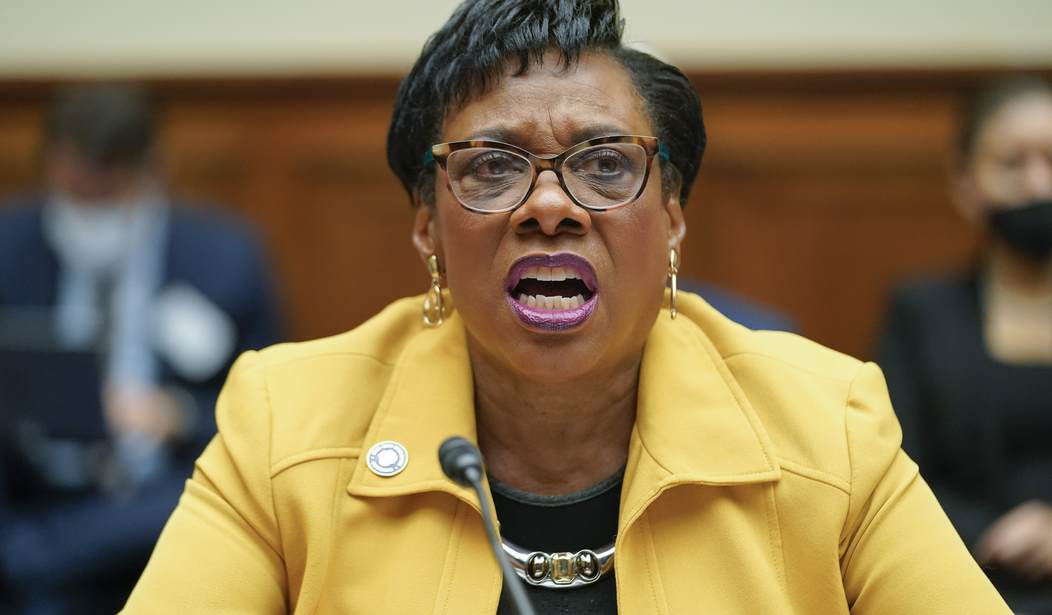Happy “Illusory Truth Effect” Day.
No, you won’t find it designated as such on too many calendars, but in the minds of the country’s union bosses, Labor Day has become an annual exercise in what psychologists describe as the “tendency to believe false information to be correct after repeated exposure.”
In this case, the illusion is that unions are as relevant as they ever were.
And as always, guest opinions to that effect ghost-written on behalf of countless labor moguls will show up on as many editorial pages as will have them in the vain hope that repeated exposure will make it true.
In fact, according to the U.S. Bureau of Labor Statistics (BLS), union membership in 2022 — the last full year for which there are records — continued its decades-long downward trend, plunging from 10.3 percent to 10.1 percent of the nation’s workers. This despite the “most pro-union president you’ve ever seen” spending the past two and a half years lavishing billions of taxpayer dollars on his benefactors in Big Labor.
But even that doesn’t tell the whole story. It turns out the union membership rate among workers in the private-sector — the 85 percent of the total workforce producing 100 percent of the country’s gross national product — fell to 6.0 percent in 2022, down from 6.1 percent in 2021, further extending the precipitous decline reported since private-sector union membership peaked in the mid-1950s.
For decades, overall union numbers have been inflated by the membership rate reported for government employees, whose compensation, not coincidentally, is derived from tax dollars rather than profits and dispensed all too frequently by politicians who owe their office to campaign contributions from organized labor.
Recommended
Even so, public-sector unions, too, saw their membership shrink from 33.6 to 33.1 percent in 2022.
If union leaders address the phenomenon at all, the flowery Labor Day tributes to themselves will no doubt ascribe it to vague corporate conspiracies orchestrated by shadowy right-wing billionaires.
In reality, whatever wounds organized labor has suffered in recent years have been almost entirely self-inflicted.
Like the Labor Day holiday itself, the organized labor movement traces its roots in this country back to the late 1880s and, in those days, arguably played a major role in helping to end child labor abuses and make workplaces safer during the Industrial Revolution.
Over time, however, names like OSHA, the EPA and an alphabet soup of government agencies stepped in to enforce safety and scheduling regulations. Likewise, with pay and benefits largely dictated by profits rather than hardball negotiations, unions nowadays have time to dabble in politics.
They argue this activity is appropriate because the people it helps to elect have passed hundreds of pro-union (though not necessarily pro-worker) measures over the years. But increasingly, unions have veered off into areas of vital interest to the overwhelmingly liberal leadership but having little or nothing to with the members’ workplace concerns.
For example:
- the Service Employees International Union (SEIU) has formed a so called “Lavender Caucus” to advocate on its behalf for pro-LGBTQ legislation;
- the American Federation of State, County and Municipal Employees (AFSCME) issued a resolution demanding stricter gun control laws;
- the National Education Association (NEA) quietly published a gender ideology resource guide, “Schools in Transition,” in 2015 that laid the groundwork for some of the craziest positions on gendered bathrooms, high school sports and pronoun usage confounding parents and teachers across the country;
- NEA President Becky Pringle in 2022 issued a statement on behalf of her union excoriating the U.S. Supreme Court for its ruling in Dobbs v. Jackson overturning Roe v. Wade and sending the abortion question back to the state; and,
- United Teachers of Los Angeles (UTLA) President Cecily Myart-Cruz in 2021 asks her union to issue a resolution condemning the state of Israel for its “war crimes” against the Palestinians.
Small wonder a growing number of unionized workers in the public sector are opting out in the wake of the U.S. Supreme Court’s landmark 2018 ruling in Janus v. AFSCME affirming that government employees cannot be forced to join or financially support a union. And despite the desperate and unconstitutional tactics adopted by unions to avoid compliance with the decision, nearly 750,000 public employees have left their union since it was issued, with the pace increasing every day.
It also explains why, just this year, the legislatures in Florida, Arkansas, Tennessee and Kentucky have passed strong measures to limit the influence of public-sector unions over their governance.
Contrary to the bill of goods union propagandists will almost certainly be peddling once again this Labor Day, the holiday was adopted by Congress to honor the “social and economic achievements of American workers,” not the unions claiming to represent them.
Parroting the same lies year after year has had little effect on union membership numbers and none at all on the dismal future labor leaders have purchased for themselves with someone else’s dues dollars.
Jeff Rhodes is vice president of news and information at the Freedom Foundation.

























Join the conversation as a VIP Member